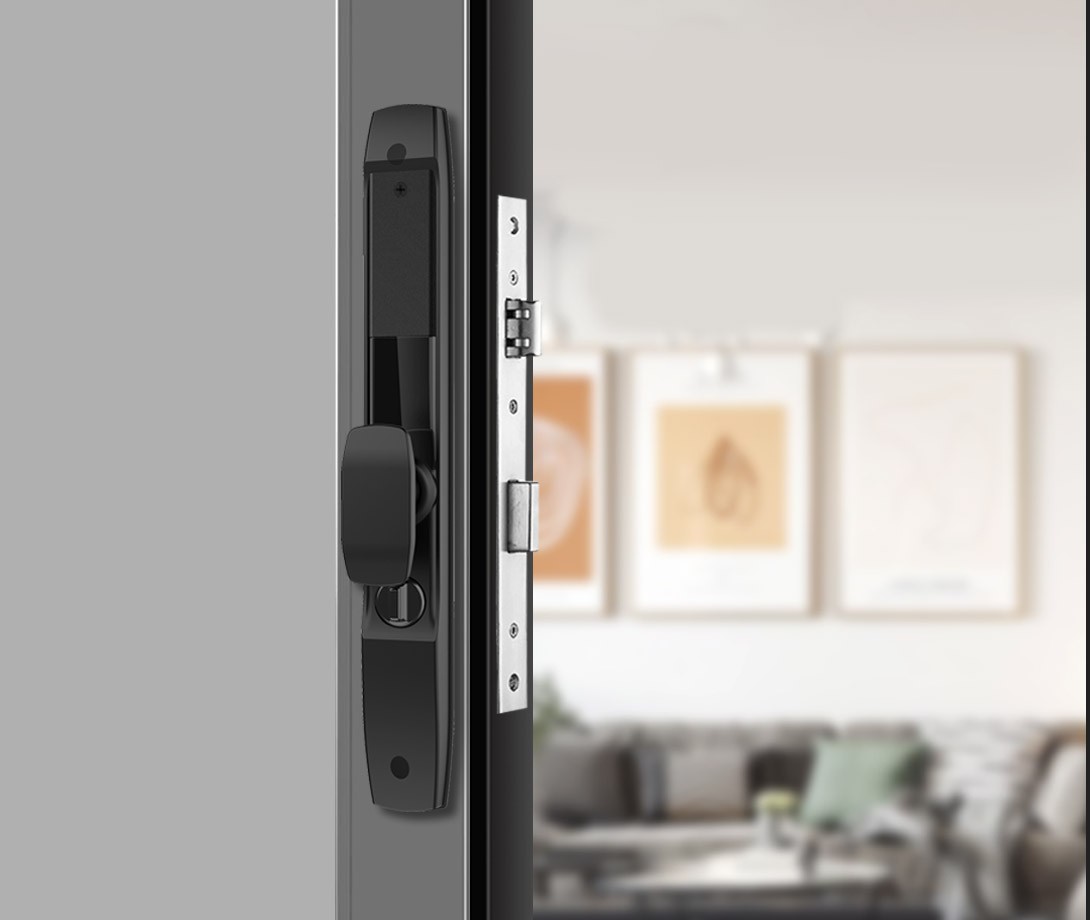How Long Does a Keypad Lock Last? The Complete Guide to Durability and Maintenance
Keypad locks have become increasingly popular for both residential and commercial properties due to their convenience and enhanced security features. Unlike traditional keyed locks, these electronic or mechanical devices allow access through numeric codes, fingerprints, or other digital authentication methods. But how long can you expect a keypad lock to last before needing replacement?
The lifespan of a keypad lock typically ranges from 2 to 10 years, depending on several crucial factors. This comprehensive guide will explore what determines a keypad lock’s durability, how to maximize its lifespan, and when it’s time to consider a replacement.
Understanding Different Types of Keypad Locks
1. Mechanical Keypad Locks
- Average lifespan: 5-10 years
- Power source: No batteries required
- Operation: Physical buttons activate mechanical mechanisms
- Best for: Outdoor use, harsh environments
2. Electronic Keypad Locks
- Average lifespan: 2-5 years
- Power source: Battery-powered (usually AA or AAA)
- Operation: Digital authentication with optional smart features
- Best for: Homes and offices wanting advanced features
3. Hybrid Keypad Locks
- Average lifespan: 3-7 years
- Power source: Batteries with mechanical backup
- Operation: Combine electronic and mechanical elements
- Best for: Security-critical applications needing reliability
Key Factors Affecting Keypad Lock Lifespan
1. Build Quality and Materials
- Metal vs. plastic components: High-grade metal lasts longer
- Weatherproofing: IP ratings indicate water/dust resistance
- Internal mechanisms: Quality of springs, latches, and electronics
2. Frequency of Use
- Residential front doors (10-20 uses/day)
- Commercial entries (50+ uses/day)
- Storage units (infrequent use)
3. Environmental Conditions
- Temperature extremes: -20°F to 140°F (-29°C to 60°C) ideal range
- Moisture exposure: Humidity and direct rainfall effects
- Sun exposure: UV damage to plastic components
4. Power Source and Maintenance
- Battery type and quality
- Regular cleaning schedule
- Software/firmware updates (for smart locks)
Maximizing Your Keypad Lock’s Lifespan
Proper Installation Techniques
- Correct alignment of strike plates
- Appropriate door preparation
- Professional vs. DIY installation considerations
Routine Maintenance Schedule
- Monthly:
- Clean keypad surface
- Check for loose components
- Quarterly:
- Lubricate moving parts
- Inspect weather seals
- Biannually:
- Replace batteries (even if not depleted)
- Test all functions thoroughly
Battery Care and Replacement
- Recommended battery types
- Proper battery installation
- Low battery warning signs
- Preventing corrosion damage
Warning Signs of a Failing Keypad Lock
Physical Indicators
- Fading or unresponsive buttons
- Visible corrosion or rust
- Cracked or damaged housing
- Loose components
Functional Issues
- Intermittent operation
- Slow response times
- Frequent error messages
- Unusual sounds during operation
Security Concerns
- Failed access attempts with correct codes
- Unexpected lock/unlock behavior
- Compromised weather sealing
When to Replace Your Keypad Lock
Age Considerations
- Electronic models: 3-5 years
- Mechanical models: 7-10 years
- Hybrid models: 5-7 years
Performance-Based Replacement
- Multiple repair attempts failed
- Obsolete technology
- Changing security needs
- Compatibility issues with new systems
Comparing Lifespans: Keypad Locks vs. Traditional Locks
| Feature | Keypad Lock | Traditional Lock |
|---|---|---|
| Average Lifespan | 2-10 years | 10-20 years |
| Maintenance Needs | Higher | Lower |
| Weather Resistance | Varies | Generally better |
| Security Evolution | Requires upgrades | Less frequent updates |
| Convenience Factor | Higher | Lower |
Special Considerations for Different Environments
Residential Use
- Typical usage patterns
- Family-sized access needs
- Integration with home security
Commercial Applications
- High-traffic durability
- Multiple user management
- Audit trail requirements
Outdoor Installations
- Extreme weather protection
- Vandal resistance
- Visibility considerations
Future-Proofing Your Keypad Lock Investment
Technological Advancements
- Biometric integration
- Wireless connectivity options
- Smart home compatibility
Upgrade Paths
- Modular component replacement
- Firmware update capabilities
- Expandable user databases
Conclusion: Making Your Keypad Lock Last
The lifespan of your keypad lock depends heavily on proper selection, installation, and maintenance. By choosing the right type for your needs, performing regular upkeep, and being alert to warning signs, you can ensure years of reliable service. Remember that while keypad locks may not last as long as traditional locks, they offer superior convenience and often better security features.
For most users, planning to replace electronic keypad locks every 3-5 years and mechanical versions every 7-10 years will maintain optimal security and performance. Always weigh the cost of repairs against replacement, especially when dealing with older models where parts may become unavailable.
By following the guidelines in this comprehensive overview, you’ll be well-equipped to get the maximum value from your keypad lock investment while keeping your property secure.
Post time: Jun-13-2025


